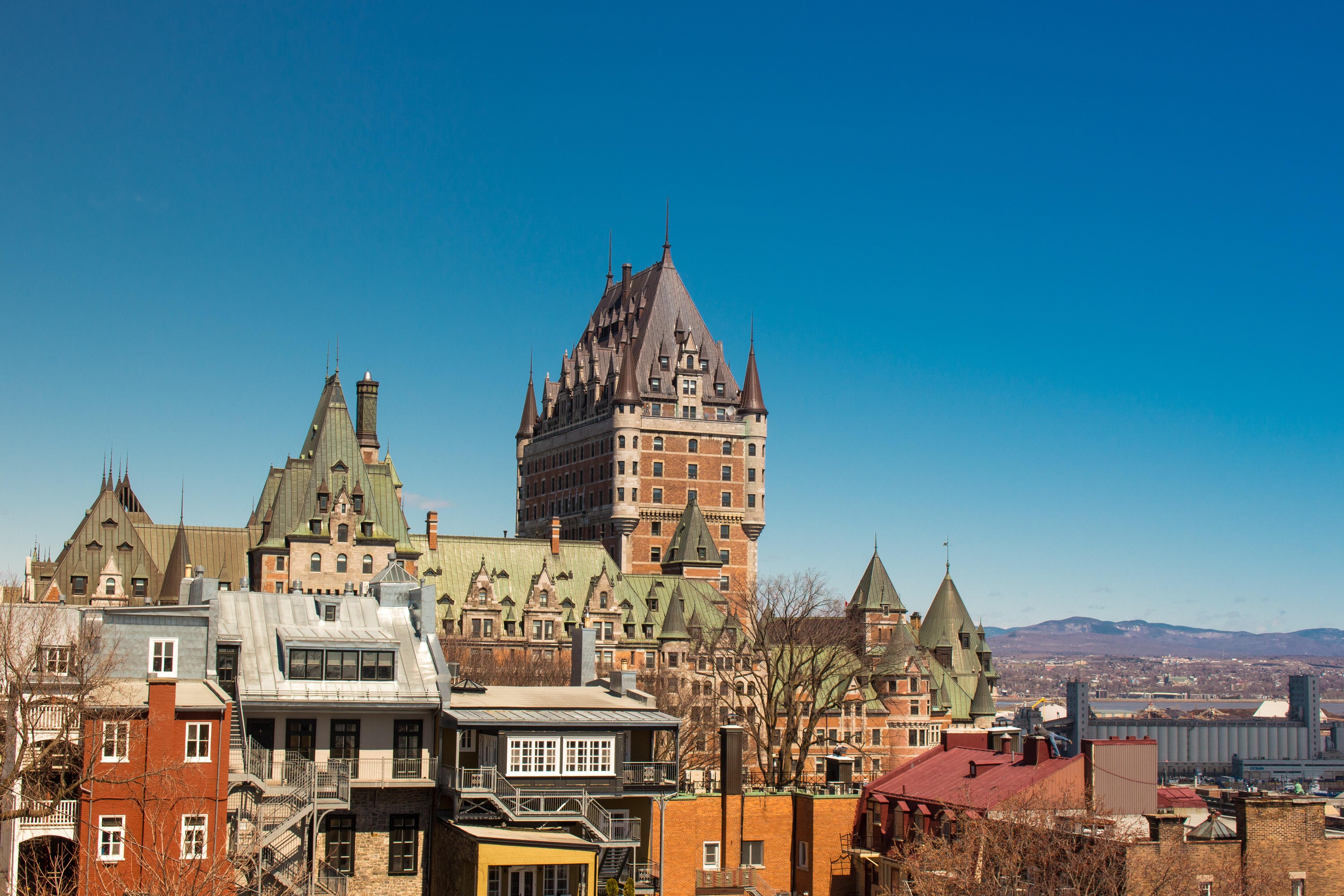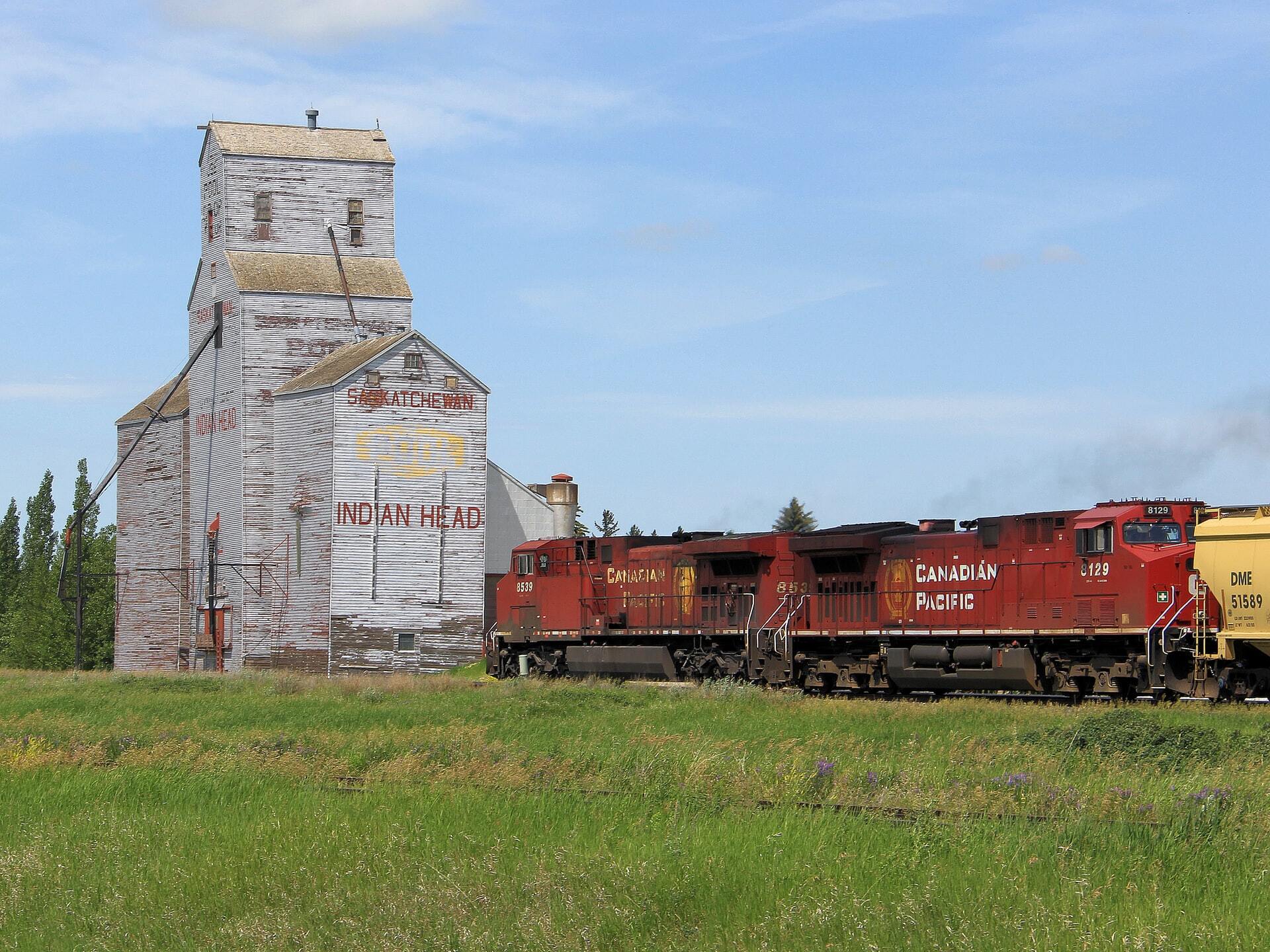Thinking about traveling within Canada this summer and fall? Are you aware of the travel restrictions that each province and territory enforces?
With all the travel restrictions going on in the world, one might consider staying in Canada this summer and enjoy the many National and Provincial Parks, Historic Sites, etc. that this beautiful country has to offer. Not so fast!
Did you know that each of Canada's provinces and Territories has its own entry requirements and regulations or even a ban for travelers coming from outside their province or territory?
Please check the provincial government websites regularly for updates.
Newfoundland & Labrador:

Photo by Sebastian Voortman from Pexels
The only individuals permitted to enter the province are those who are:
- Residents of Newfoundland and Labrador;
- Asymptomatic workers and individuals who are subject to the Self-Isolation Exemption Order; and
- Individuals who have been permitted entry to the province in extenuating circumstances, as approved in advance by the Chief Medical Officer of Health.
All other individuals are prohibited from entering Newfoundland and Labrador.
Guidance on Travel Restrictions Newfoundland & Labrador
Prince Edward Island:

All non-essential travel into Prince Edward Island is prohibited. Peace officers are authorized to turn any person(s) away who attempts to enter the province for unnecessary travel and to require any person(s) to leave the province immediately. To minimize these occurrences, PEI has implemented a Pre-Travel Approval Process for travelers.
Learn more: Travel Restrictions and Screening PEI
New Brunswick:

Photo by Peter Lloyd on Unsplash
EAll unnecessary travel into New Brunswick is prohibited.
Everyone entering New Brunswick at any point of entry, including airports, must stop when instructed to do so by a peace officer and answer any questions as required to support the intent of the requirements of the Chief Medical Officer of Health.
We’re limiting non-essential visits into our province and we’re requiring those who have made visits out of province to self-isolate for 14 days.
These measures support the efforts of the Chief Medical Officer of Health and are regularly reviewed with the all-party cabinet committee and cabinet.
Early action limited the spread. We’re following health advice about opening our borders to necessary travel only.
Everyone has a role to play in following the advice and being vigilant. Your actions impact yourself and others in the community.
Learn more: Travelling into New Brunswick
Nova Scotia
Photo by Ruth Troughton on Unsplash
The Province of Nova Scotia, under the authority of the Health Protection Act, is requiring anyone who has traveled outside Nova Scotia to self-isolate for 14 days from the day they get back to the province, even if they do not have symptoms. Public health inspectors will be onsite at the Halifax Stanfield International Airport and the J.A. Douglas McCurdy Sydney Airport.
Learn more: Travel advisories and self-isolation requirements
Quebec

Photo by Shawn Lee on Unsplash
The Government du Québec is gradually reopening the regions. Despite the reopening of most of the regions, every person is requested, as much as possible, to avoid travelling from one region to another or from one city to another.
At present, access is allowed to all regions of Québec, with the exception of the following territories:
- the Cree Territory of James Bay;
- Nunavik.
Access to the territories of Jamésie and the Cree Territory of James Bay will be allowed starting from June 9, 2020.
Learn more: Travelling from one region to another Quebec
Ontario

Photo by Miltiadis Fragkidis on Unsplash
For the latest updates from the Ontario government, please visit ontario.ca/coronavirus.
Now is not the time to travel. Your health and well-being is our number one priority. Please call or check ahead online with restaurants, supermarkets or other essential services to ensure you have the most up-to-date information available.
In the meantime, visit Ontario.live for ways to support Ontario from home, and follow us on Facebook, Instagram and Twitter, and read our blogs. Discover fun and innovative virtual tours and attractions, and get inspired for future real-world travel in Ontario.
Learn more: Covid-19 Ontario
Manitoba

Photo by Dan Bolton on Unsplash
In general, anyone arriving in Manitoba is required to self-isolate for 14-days upon arrival to reduce the spread of COVID-19. However, there are exceptions to allow for situations in which their work is deemed vital and necessary immediately upon arrival.
Learn more: Manitoba State of Emergency
Saskatchewan

Photo by Dan Loran on Unsplash
The Government of Saskatchewan is announcing further measures and supports to reduce the spread of COVID-19 in Northern Saskatchewan.
The announcement includes further travel restrictions for the Northern Saskatchewan Administrative District (NSAD). Also included was immediate funding of $370,000 targeted to combating COVID-19 in the province’s Far North region, and the addition of seasonal businesses to the Saskatchewan Small Business Emergency Payment, including northern outfitters.
Learn more: Travel Restrictions for Northern Saskatchewan
Alberta

Photo by Kym MacKinnon on Unsplash
Travel between provinces is not recommended. This recommendation will not be lifted until Stage 3 of Alberta's relaunch strategy.
Learn more: Travel between provinces Alberta
British Columbia

Photo by Richard Main on Unsplash
If you are travelling to B.C from another province or territory within Canada you are expected to follow the same travel guidelines as everyone else in B.C. and travel safely and respectfully.
Find out more about the different travel restrictions with bordering provinces and territories
Learn more: British Columbia Travel Restrictions
Nunavut

Photo by Jennifer Latuperisa-Andresen on Unsplash
Travellers who wish to enter Nunavut, must write to cphotravelrequests@gov.nu.ca and complete and sign the Common Area Traveller's Declaration form. Failute to do so will affect entry in Nunavut. Failure to answer truthfully will be subjct to fines. This also applies for Nunavummiut who wish to return home after their stay in the NWT or Churchill. anyone travelling by air must have a letter of authoirzation from the CPHO in order to board the aircraft.
Travellers must submit their declaration within two to seven business days before their scheduled flight to Nunavut.
Learn more: https://gov.nu.ca/health/information/travel-and-isolation Travel Ban Nunavut
Northwest Territories

Photo by USGS on Unsplash
To limit the spread of COVID-19, non-resident travel is prohibited in the NWT with few exceptions.
Learn more: Restrictions Northwest Territories
Yukon

Photo by Leonard Laub on Unsplash
As of July 1, 2020, anyone may enter Yukon. However, those who are not residents of BC, NWT or Nunavut, or have travelled outside of those jurisdiction in the in the 14 days prior to entering Yukon are required to self-isolate in Whitehorse for 14 days.
Learn more: Border enforcement Yukon



















